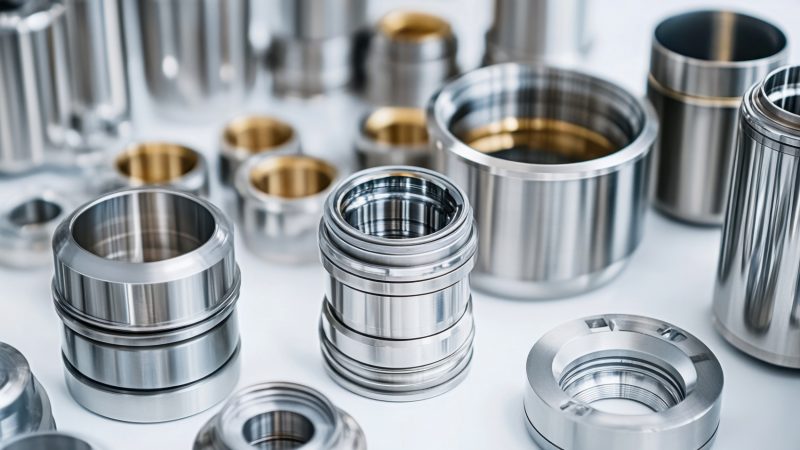Hot Tubbing: Winter Or Summer Activity?
We all know and love swimming as a summer activity, and gym pools often add a hot tub to the side of their pool so people could relax in it after working out their muscles swimming. But given that hot tubs are inherently on the higher temperature side, should it be considered more of a winter activity?
The Problem With Running A Hot Tub In Winter
Hot tubs aren’t simply required to heat up a relatively large body of water, but they are also required to maintain that high temperature over long periods of time. The colder ambient temperature can make this difficult for some inflatable hot tubs or even fixed hot tubs. For this reason, some facilities prefer to keep their hot tubs indoors, to lower the increased energy costs that result from windchill or from extreme drops in temperature.
The Problem With Using A Hot Tub in Winter
Stepping out of a hot (or even warm) spa and into winter temperatures can feel shocking to many people. The traditional advice of not going out in the cold with a wet head of hair comes to mind. This is another reason that many hot tubs are housed indoors – to make things more comfortable for the user. However, several peer reviewed studies have shown that there are actually health benefits to these extreme fluctuations in temperature. There are immunological and cardiological benefits to shocking the body with bouts of cold temperature after it is relaxed in hotter temperatures.
Tips On Running A Hot Tub In The Winter
As we’ve previously mentioned there are often increased energy costs associated with running your hot tub in winter. To offset the lower ambient temperatures of winter, it is recommended to add insulation to your hot tub in a number of ways:
-
Insulating Under The Tub
A major portion of heat loss is to the ground below the hot tub, which can get extremely cold. Adding a layer (or a few) or insulating material below the hot tub can significantly help the tub maintain the water at a higher temperature.
-
Insulating The Heating Unit
Many manufacturers will only guarantee that the heating unit will work above a certain temperature. However, even if you’re within the recommended range, lower temperatures may slow the heating system. Many people add insulating material on the heating unit itself, making sure to keep any vent uncovered to avoid overheating the system which could damage it.
-
Using An Insulated Hot Tub Cover
Especially if your hot tub is outdoors (which is highly probable), hot tub covers help reduce heat loss due to evaporation. Adding insulation to the hot tub will significantly add to this preventative effect.
Conclusion
Hot tubbing can be considered a year-round activity, despite the difficulties that are associated with wintertime hot tubbing. Using a few added tips anyone can modify their hot tub to run more efficiently in a colder climate, allowing them to reap the health benefits of using a spa in the winter. In the end, we can consider hot tubbing both a winter and a summer activity.





